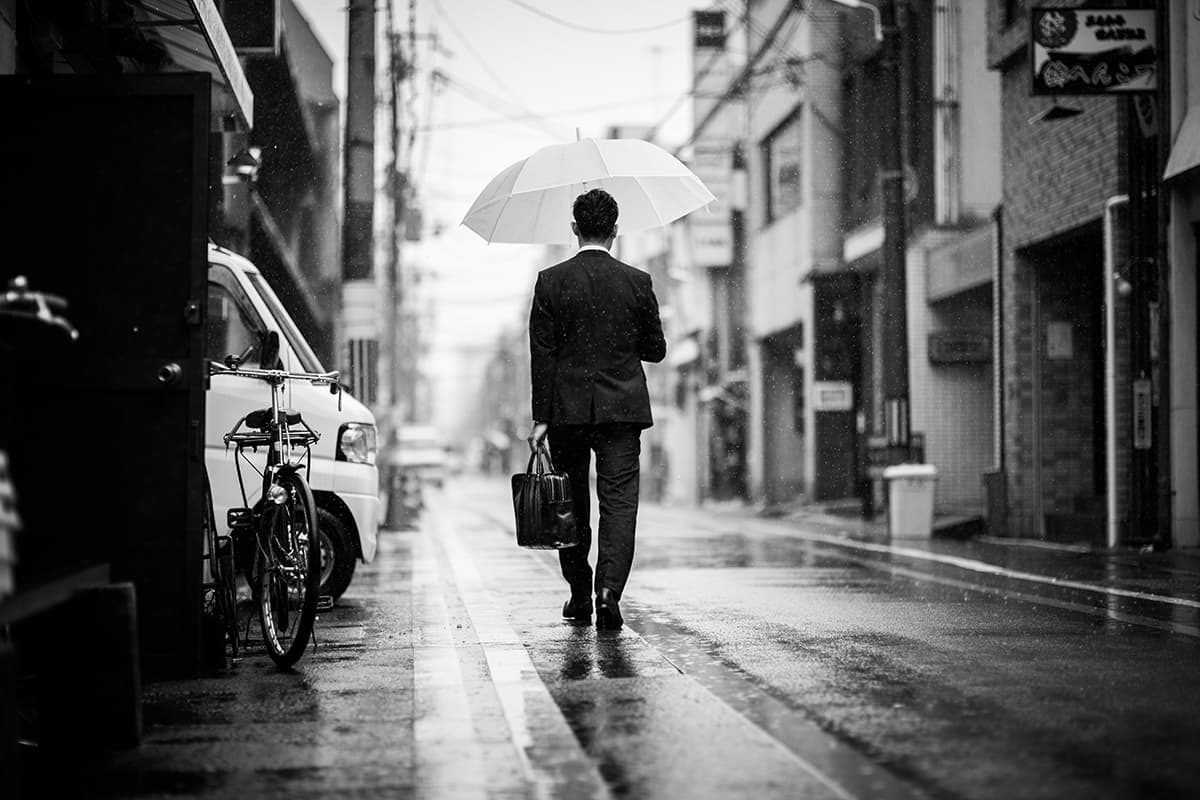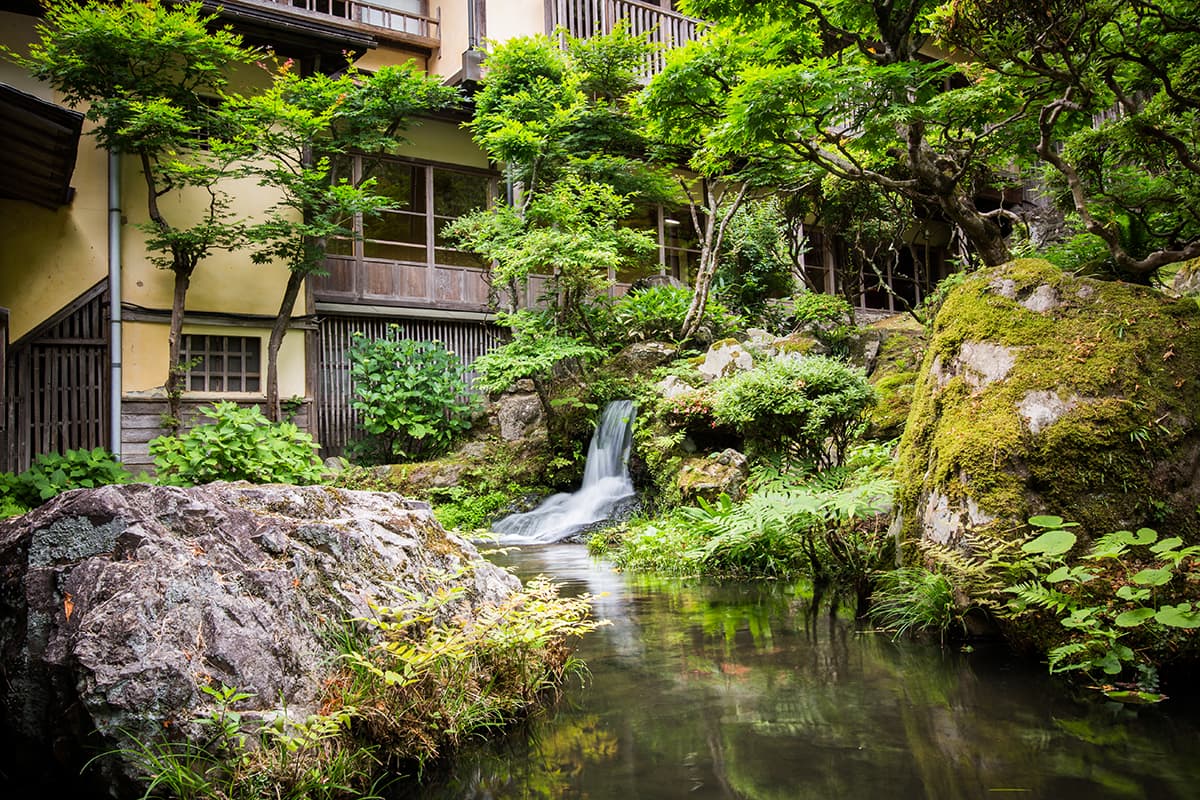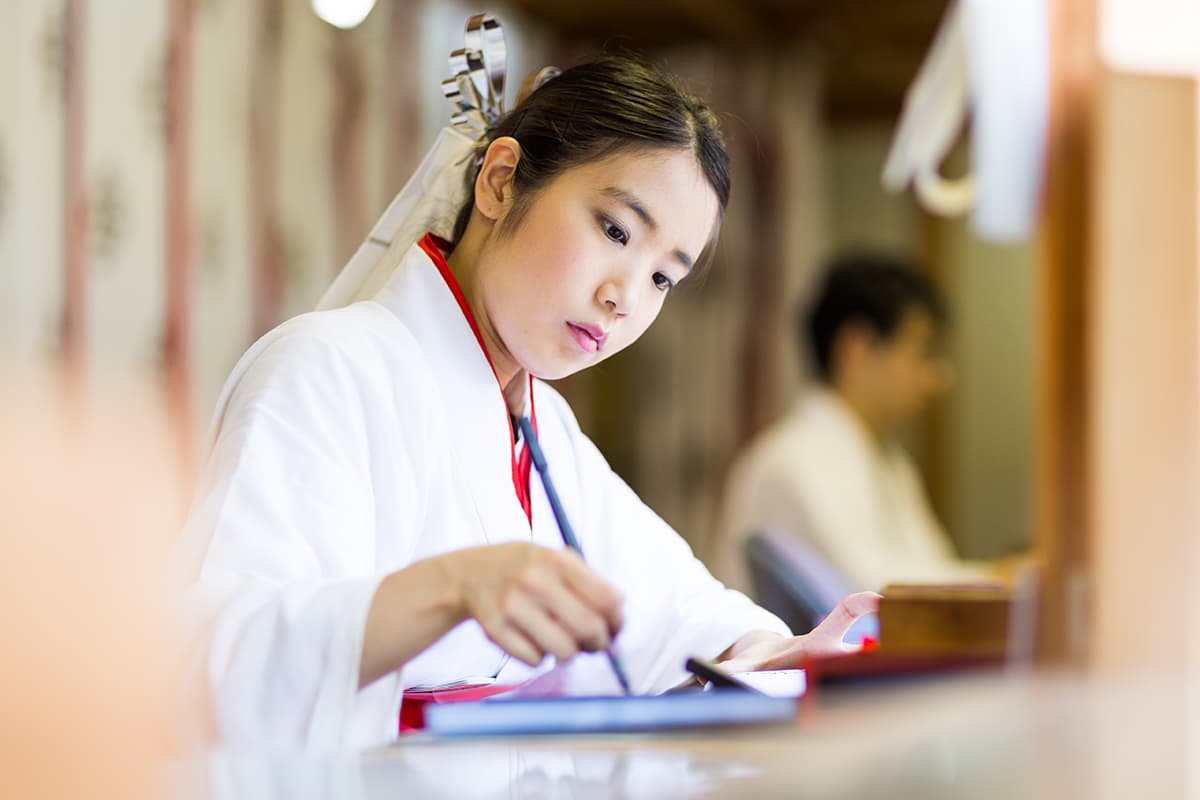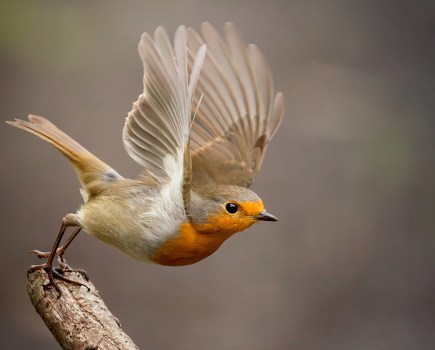When I purchased my original Canon EOS 5D in 2008, I did what many photographers do when they buy into a new system, and purchased the kit lens that Canon bundled with it: the EF 24-105mm f/4L IS USM. It’s a decision I don’t regret in the slightest, and over the years this trusty optic has given me the type of service I’d expect from a pro-spec L-series lens designed to survive the rigours of everyday use. My example has seen a lot of activity and has the scars to prove it, yet it continues to perform as well as the day on which I bought it – and it’s never been serviced. This is hardly surprising given its excellent versatility and durable build – two qualities that continue to make it the most popular lens in Canon’s lens line-up for newcomers to full frame.
A lens dilemma
With a trip to Japan just around the corner, I had a tough decision to make: should I take the EF 24-105mm f/4L IS USM that I know and love, or should I choose a slightly different approach? Most travel photographers will tell you that a lens with a focal length of around 24-105mm is a good choice for full frame if you don’t want to be continually uncoupling lenses in the field and carrying multiple primes to cover the same focal length. My first-ever trip to the Far East, courtesy of Sigma Imaging, had the potential to be a trip of a lifetime and the more I thought about it, the more I was inclined to sacrifice the space and weight-saving conveniences of a single zoom for the superior image quality I’d get from carrying a few of the manufacturer’s primes.
What really swayed my decision was an image search on 500px of the numerous low-light opportunities in and around the bustling metropolitan city of Tokyo. The maximum aperture of my EF 24-105mm f/4L IS USM wouldn’t present an issue with the camera locked off on a tripod, but for handheld shots in and around the busy streets, where it could be awkward to assemble a set of sticks, I knew a faster lens would be preferable.
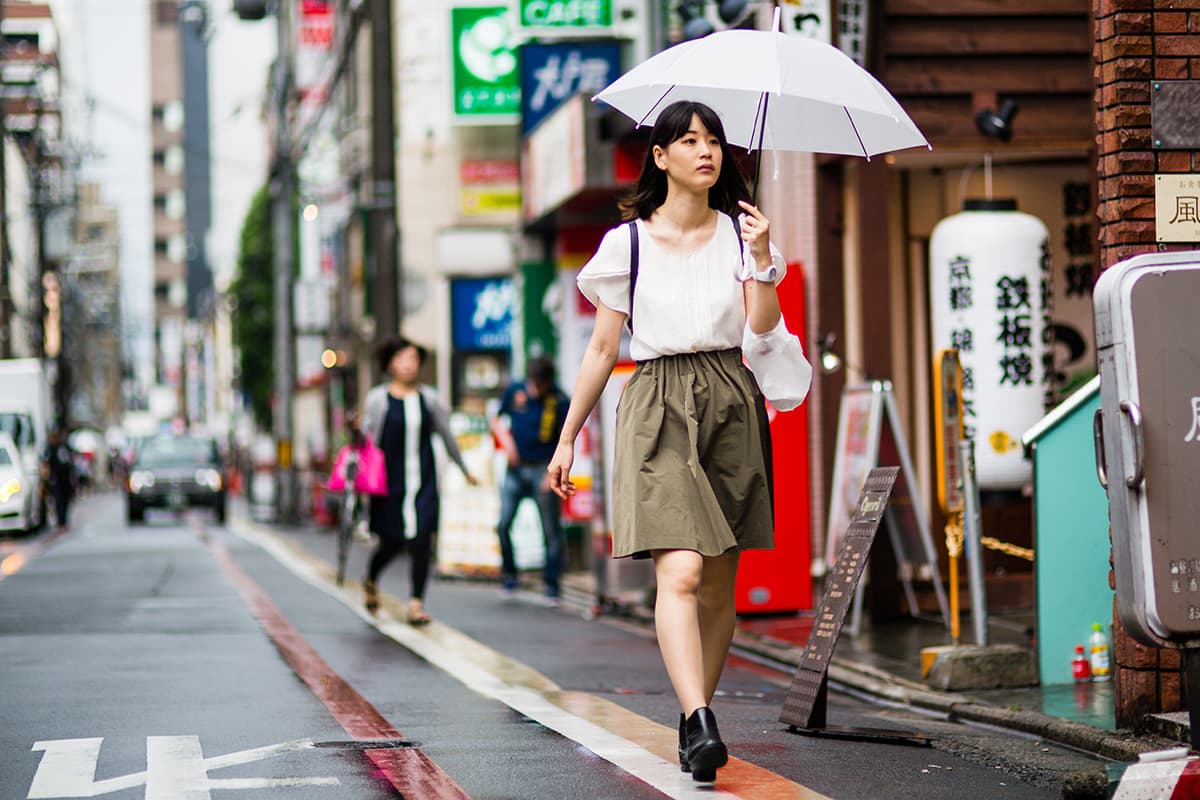
A quick search online, and a read of a few forums on the subject of best focal-length primes for travel, offered interesting suggestions. To make the right selection of lenses for my trip, they had to be complementary to the type of shots and subjects I envisaged taking. For landscape work, I was tempted by the Sigma 20mm f/1.4 DG HSM | Art, but I chose the Sigma 24mm f/1.4 DG HSM | Art lens because it would keep my kitbag 300g lighter. With 35mm being my favourite focal length for documentary shots, I couldn’t leave home without my Sigma 35mm f/1.4 DG HSM | Art and packed it alongside my Sigma 50mm f/1.4 DG HSM | Art. I still consider this 50mm the sharpest optic in my collection of lenses and the one I turn to most frequently for portraiture.
With three lenses chosen and space for one more in my hand luggage, I turned my thoughts to what medium telephoto lens to take. Given that all the other lenses I’d chosen were fast, at f/1.4, I decided the fourth lens should be equally fast, and settled for the Sigma 85mm f/1.4 EX DG HSM – an older lens rumoured to be replaced later this year. I’d never used it before, and felt it was about time to give it a try.
My kitbag

The night before my flight, I started assembling my kitbag. In went my trusty Canon EOS 5D Mark III with spare batteries, four Sigma lenses, a selection of NDs and ND grads and my MacBook Pro. I also packed accessories such as my portable hard drive for backing up images on the move and my Gitzo GT1545T Series 1 Traveler Carbon eXact tripod. At the last minute, I became anxious at the thought of my full-frame DSLR failing or picking up a fault. I knew I’d be livid if anything went wrong in Japan and I didn’t have a back-up camera with me. I didn’t like the idea of having no other option than my iPhone, so I made space for the small, but very capable, Canon EOS 760D. This would accept all the lenses in my bag and would only be pulled from my hotel safe in an emergency.
The Japan itinerary
My route had me visiting a number of interesting sights in Japan, starting with two days in Tokyo before travelling north by bullet train to the Fukushima region, which is in the north-east of Japan’s main island of Honshu. There, I would experience a night’s stay at a ryokan – one of the traditional Japanese inns that date back to the Edo period (1603-1868), when they served travellers along Japan’s highways. Later, I’d travel south to Mount Fuji and then to Kyoto, the former imperial capital of Japan, via Lake Ashi in the Hakone area of the Kanagawa prefecture.
Dismal weather, typical of Japan’s rainy season, greeted me on arrival at Tokyo Narita Airport. The persistent rain and grey skies scuppered any plans of getting shots that afternoon, so I prepared for my next day’s early morning visit to Tsukiji market, well known for being one of the largest fish markets in the world.
At Tsukiji market
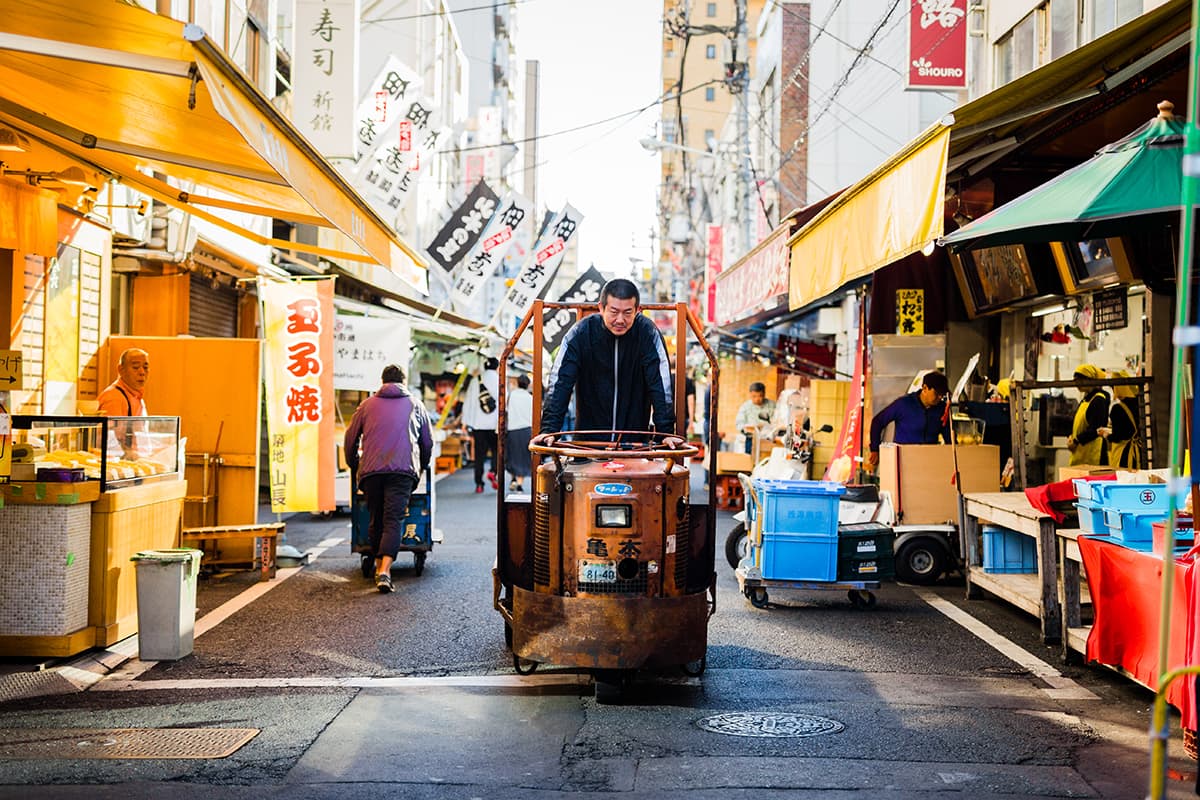
Turret trucks are a great subject to shoot and are often found hauling fresh fish on the market streets
I arrived at 6am to a hive of activity and couldn’t pull the camera from my bag fast enough. The hectic streets and speedy turret trucks transporting goods around the market were great subject matter. Conscious of how the market workers might react to me working close up to their faces using the 35mm f/1.4, I settled for the 50mm f/1.4 DG HSM | Art. It allowed me to capture a series of shots similar to what my eyes were seeing, and after a patient wait at the far end of one of the most vibrant streets, I was rewarded with a turret truck to photograph as it headed directly towards the camera (see below). An aperture of f/1.8 gave me a fast 1/2,000sec shutter speed that was required to freeze the movement without needing to push the sensitivity beyond ISO 400. It was one of those shots that I knew had potential as soon as I took it. The beautiful rendition of blur behind the central subject makes the shot what it is and gives it considerably more impact than it would have had if it was taken using my 24-105mm zoom at its maximum aperture of f/4.
Lunchtime presented the opportunity to capture some candid shots of a Japanese chef at work. For a second, I thought I might have missed the shot as I swapped my 50mm lens for the wider Sigma 35mm – something that remains one of the drawbacks of using the wrong prime lens at a vital moment. Thankfully, the chef resumed his position in the spotlight, and I opted to shoot from the hip to make sure I didn’t come across as too intimidating. My best shot (see right) was taken after four attempts and, by using the lens wide open at f/1.4, I overcame handshake issues by using a reasonably fast 1/400sec shutter speed in an incredibly dim and dingy environment.
On top of the world

A vertical view from Tokyo’s Skytree spectator tower. This image was cropped tightly from the original and a longer focal-length lens would have been preferable
My Tokyo adventure also took me to the top of the Skytree, which claims to be one of the tallest observation towers in the world. Here, I turned to using the 24mm f/1.4 DG HSM | Art to capture breathtaking vistas of the city. With the light being rather flat, I found myself being forced to go in search of different perspectives. The upper observatory provided a fascinating vertical view of the city streets below, and for the first time on my trip I became jealous of photographers who were using longer telephoto zooms to create tightly composed shots. I was almost at the point of asking the photographer next to me if he’d let me borrow his EF 70-300mm f/4-5.6 L IS USM lens, which he had coupled to an EOS 6D. As it turned out, though, I managed to create the shot I’d envisaged all along by cropping heavily into an image taken with the 85mm f/1.4 EX DG HSM.
In hot water
The next day, I swapped the high-rise buildings and urban streets of Tokyo for the remote Mukaitaki Inn, where the hot water of the river on which the inn is located comes from deep beneath this volcanic region. A tranquil location with a koi pond, Japanese gardens and thermal spring baths, it is complemented by stunning architecture and some of the last real geisha in Japan. With no shortage of photo opportunities, I discarded modern western clothes for a yukata (a casual kimono-like garment) and set about photographing the garden in all its splendour.
Here, the 24mm and 35mm primes came into their own. In the past, when using my 24-105mm zoom, I’ve been guilty of trying to find a shot from where I’m already standing. However, here, I found the combination of grey skies above and the fact I had a fixed lens attached to my DSLR was forcing me to move to find better positions to shoot from. This ultimately led to stronger compositions and better images. At this moment, and not for the first time on the trip, it felt like I’d made the right decision to discard my zoom for the prime lenses.

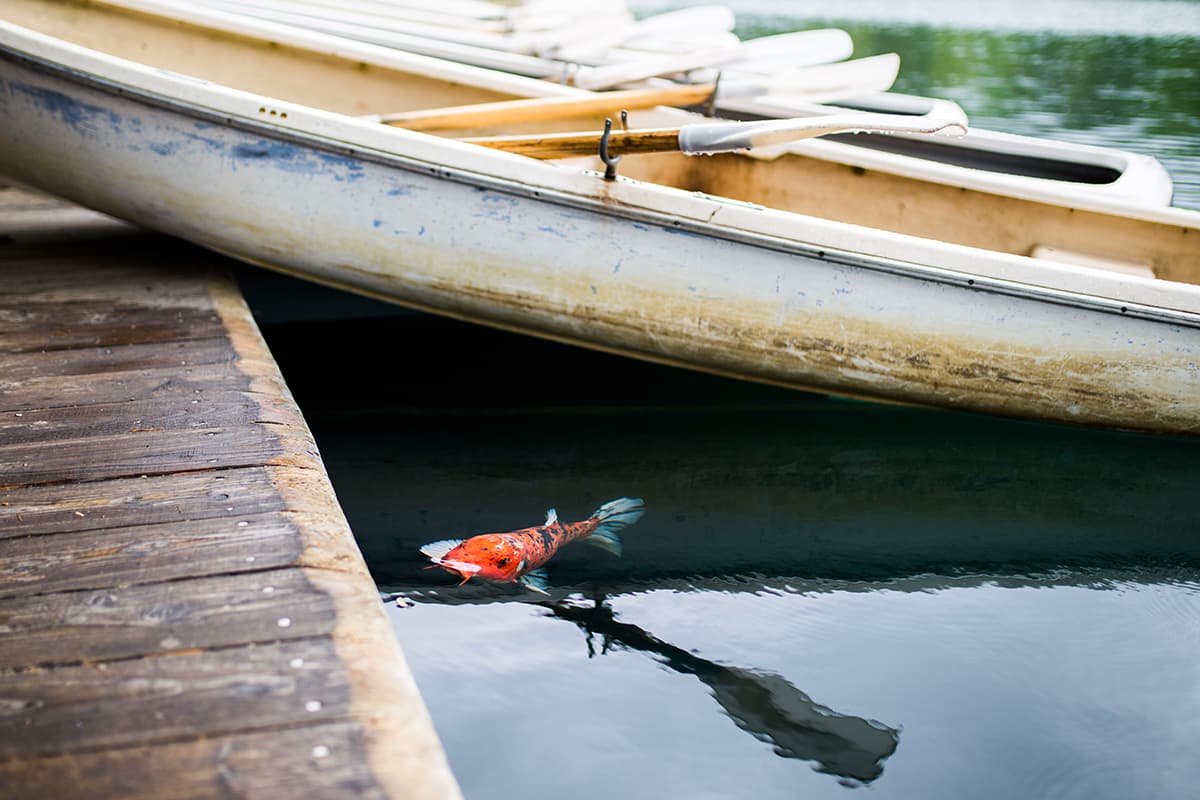
Visiting Mount Fuji
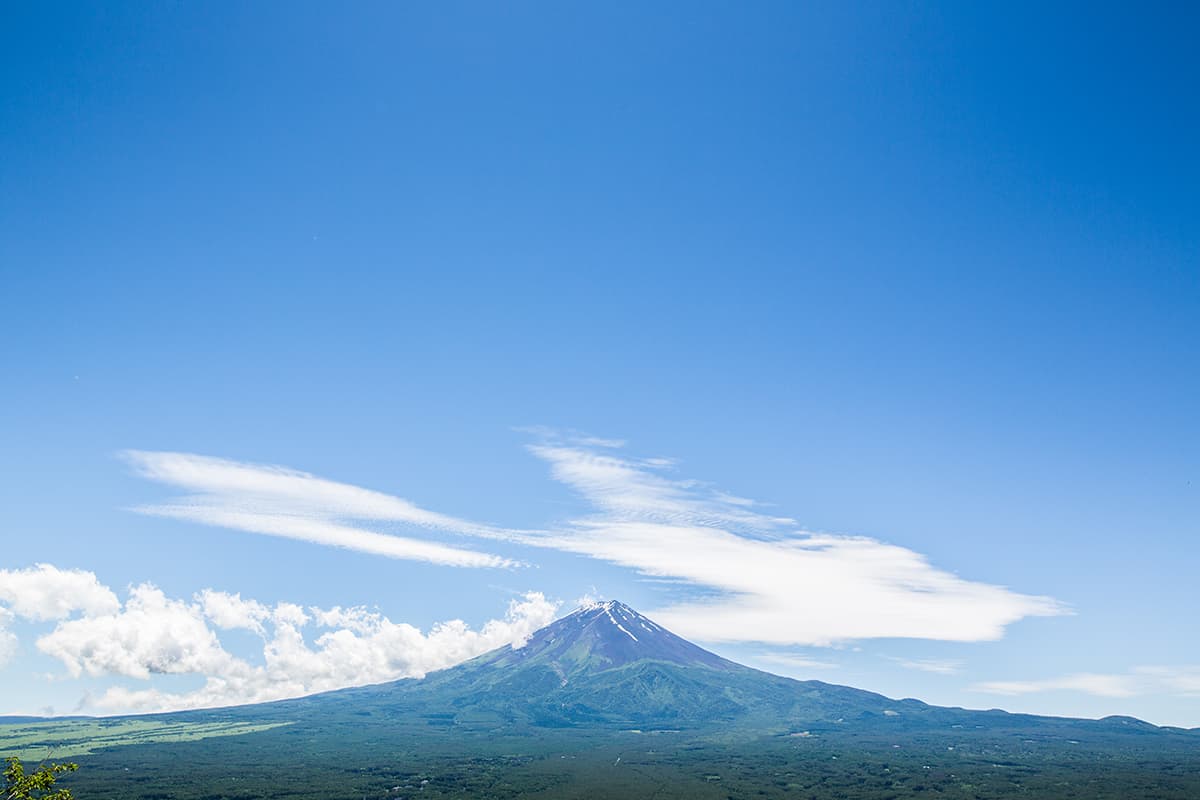
On Friday morning, I took a tour bus from central Tokyo to Mount Fuji. Of all the locations I visited in my week in Japan, it was the most challenging to shoot – even with perfect visibility. The midday sun and an overabundance of tourists didn’t help the situation. Alas, the tour didn’t give me the time or opportunity to venture off limits to capture the reflection shot of Mount Fuji with Lake Shojiko in the foreground. But the afternoon proved to be far more successful, with Lake Ashi and the mountains beyond offering an idyllic backdrop for the replica pirate ships that cruise the area.
This was my chance to get more familiar with the 85mm f/1.4 EX DG HSM and use it to create a natural perspective of the landscape. Closing the aperture down to f/8 allowed me to avoid the vignetting this lens introduces at its widest apertures and preserve the best level of sharpness from edge to edge. Given the way the lens performs and the gorgeous out-of-focus blur it creates, it’s difficult to think how the rumoured replacement Art version could be an improvement. With the success of the 20mm, 24mm, 35mm and 50mm Art lenses, an 85mm f/1.4 Art could be next in line.
Shooting on a bus tour
After the previous day’s experience, I was slightly sceptical about what photo opportunities might arise from my bus tour of castles and temples around Kyoto. As it turned out, I learned a lot. With crowds of tourists three or four people deep in places, I found it best to avoid the classic touristy shots and focus solely on the subject of portraiture, switching every now and again between my 50mm and 85mm lenses.
A visit to Kinkaku-ji temple gave me the opportunity to shoot a group of immaculately dressed Japanese women at work behind a souvenir stand. Once again, I found my 85mm lens provided the perfect working distance without making it feel as if I was being intrusive. I’d shoot one, maybe two frames and move on, never wanting to spend too long on one shot owing to the time restraints of the tour.
Later that afternoon, at Kasuga Taisha Shrine, I captured what turned out to be my favourite photograph of the trip. As is often the case with such shots, an element of luck was involved. After spotting a chance to photograph a woman wearing a traditional Japanese dress and walking beside a column of pillars bathed in sunlight, I wanted to wait until she returned. The shot had huge potential, but 15 minutes later I was still patiently waiting. During this time, I experimented with both my 50mm and 85mm lenses, but found the 85mm got me closer to the pool of light and helped keep a few distractions out of the left side of the frame.
Then, out of the blue, she brushed past my right shoulder and retraced her steps. This was my chance. Perfectly posed, I rattled out eight continuous frames as she walked into the distance. The moment was gone in a flash and I turned around, half expecting to see at least one other photographer happy to have captured the same shot as I did. As it turned out, I was the only photographer with the foresight to wait and risk missing the tour bus.
On my return to the city, I couldn’t stop looking at what I’d captured – a shot that, to me, typifies traditional Japan and its fascinating culture.
Final thoughts
My journey from Kyoto to Tokyo gave me the chance to back up all my images and consider my experience of travelling to Japan, documenting my trip using just four prime lenses. The hardest decision I faced every morning was whether I should pack all four lenses or leave a couple behind in the hotel safe to lighten my load. Given that I wasn’t sure of what I’d stumble across, I ended up taking all four primes in my shoulder bag every day. I didn’t like the idea of leaving a lens behind only to find out later that I might need it to capture something truly special.
The main hindrance of carrying four primes and a full-frame DSLR all day was the weight and strain it put on my right shoulder. I loved having direct access to my kit from my hip, but at the same time found it a burden to not be able to equally distribute the weight of my bag’s contents across both shoulders. In hindsight, I could have taken a backpack with me for the days when I was on my feet for long periods. That said, if I had used a backpack, I wouldn’t have had the option to change lenses for impromptu shots – and Japan provides many opportunities for these. The weight of the four prime lenses and full-frame DSLR totalled just shy of 4kg – enough to know that I had it with me, and a few kilograms more than I’d usually be comfortable with.

A tough call
Would I take the same lenses on the same trip? It’s a tough call, especially having used every lens at one point or another. The lens I used least was the 24mm f/1.4 DG HSM | Art, and I’d have no qualms about leaving it behind, provided I had the Sigma 35mm f/1.4 DG HSM | Art in my bag. The 50mm and 85mm lenses were used regularly, but if it came to choosing only two lenses I’d plump for the 35mm and 85mm focal lengths. And I won’t deny it, there were times when a slightly longer telephoto zoom would have been useful. Some photographers may find that three prime lenses covering 24mm, 50mm and 105mm are more appropriate for the subjects they shoot.
The best thing about prime lenses is that they encourage us to zoom with our feet. They can prevent us falling into the bad habit of shooting from a fixed position using a zoom and get us thinking more creatively about composition, depth of field and the impact the subject matter has on the overall image. My experience of visiting Japan and travelling with prime lenses has taught me that the all-in-one zoom lens for travel photography is hugely overrated. Yes, there’s a lot to be said for the convenience and versatility of zoom lenses, not forgetting the way they can reduce the weight in your kitbag. However, for the best visual clarity and to capture a dynamic perspective on my worldwide trips I’m converted to using primes and wouldn’t think twice about doing it again.


